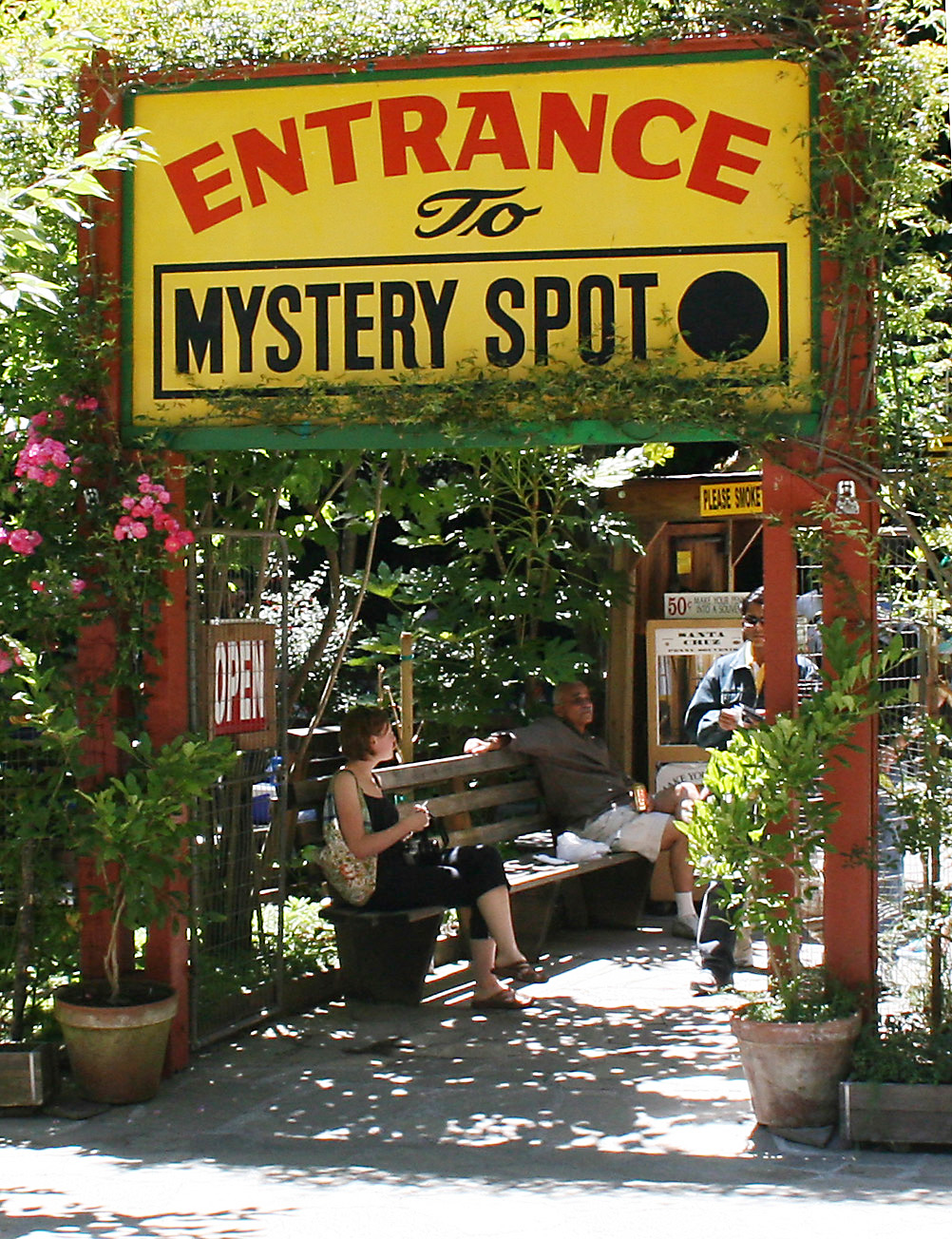The “Harvard” referencing system – actually a generic term for author-date referencing – is used around the world for citing sources in written work. As such, every college student should know the basics of the Harvard system.
In this post, we go over how to cite a journal article using Harvard referencing. However, it’s worth remembering that many institutions have their own in-house versions of this system, so you should always check your style guide before setting to work on a paper!
In-Text Citations
As the term “author-date” implies, Harvard citations include the surname of the author and date of publication:
Rational reflection need not compromise the status of something as a mystery (Boyer, 2007).
If the author is already named in the text, only the year of publication needs to be given:
According to Boyer (2007), there are five kinds of mystery.

Boyer (2007, p. 89) focuses on the metaphysics of how we “experience mystery.”
Multiple Authors
When citing a work with three or more authors, only name the first listed author, followed by “et al.” (meaning “and others”). An article by Mark Pagani, Ken Caldeira, and David Archer, for instance, would be cited as:
Find this useful?
Subscribe to our newsletter and get writing tips from our editors straight to your inbox.
The source of this carbon remains mysterious (Pagani et al., 2006).
Reference List
All sources cited in your work should be listed in a reference list at the end of your document. This is where you provide full publication information for your reader, with sources listed alphabetically by author surname.
For a journal article, the detail required is:
Author Surname(s), Initial(s). (Year) ‘Article Title’, Full Title of Journal, Volume Number, Issue/Part Number, Page Numbers.
The Boyer article used in the example above would therefore appear in a reference list as:
Boyer, S. D. (2007). ‘The Logic of Mystery’, Religious Studies, vol. 43, no. 1, pp. 89-102.
If you’re citing an online version of a journal article, make sure to provide a URL or DOI too, along with a date of last access:
Pagani, M., Caldeira, K., and Archer, D. (2006) ‘An Ancient Carbon Mystery’, Science, vol. 314, no. 5805, pp. 1556-7. [Online]. Available at http://www.jstor.org/stable/20032976 [Accessed 30 March 2016].



